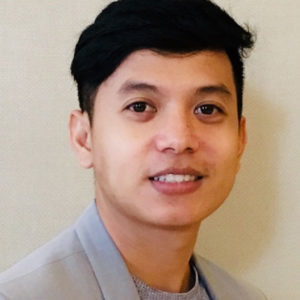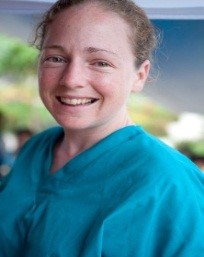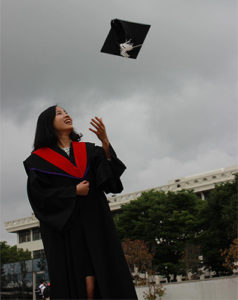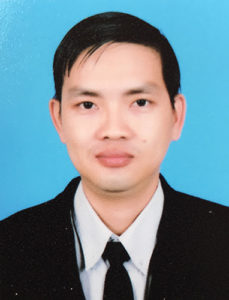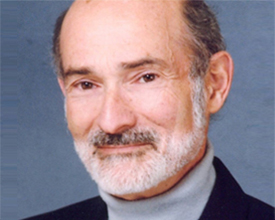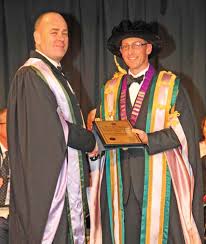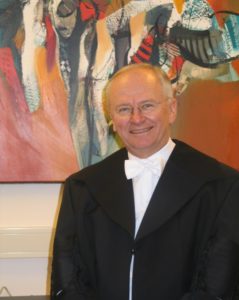Dr. SOEURN Visal
Problem-based learning (PBL) is a student-centered instructional strategy in which students collaboratively solve problems and reflect on their experiences. It has been used in the Faculty of Dentistry at UP for the past 6 years, and has been a valuable learning tool.
Characteristics of PBL include:
- Learning is driven by challenging, open-ended, ill-defined and ill-structured problems.
- Students generally work in collaborative groups.
- Teachers take on the role as “facilitators” of learning.
In PBL, students are encouraged to take responsibility for their group and organize and direct the learning process with support from a facilitator. It can be used to enhance content knowledge and foster the development of communication, problem-solving, and self-directed learning skill.Many international medical and dental schools have incorporated problem-based learning into their curricula, using real patient cases to teach students how to think like a clinician. More than eighty percent of medical schools in the United States now have some form of problem-based learning in their programs. The Hong Kong dental school offers its whole program in PBL format only. Cambodia has been slow to adopt this valuable method of teaching and learning.
With the arrival of Covid-19 and the closure of UP for face-to-face learning, PBL program has had to be offered “on-line” for the first time. Although it was challenging at first, as we had to adapt it from the traditional way PBL is normally conducted, after 6 weeks we believe it is now working well. Students in year 4 are divided into 6 small on-line groups – each group is overseen by one of two facilitators (Dr Mengkheng and Dr Soksan – who have years of PBL experience themselves).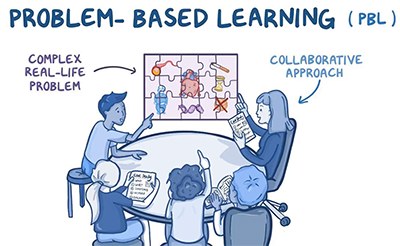 Each group of students meets together on-line, visited intermittently by the facilitator. Students are assigned to individually collect information from online resources (eg dental journals and relevant websites) in order to “solve the problem” as a group. During the third session, each group presents their work as a powerpoint presentation to the facilitator and half the class.
Each group of students meets together on-line, visited intermittently by the facilitator. Students are assigned to individually collect information from online resources (eg dental journals and relevant websites) in order to “solve the problem” as a group. During the third session, each group presents their work as a powerpoint presentation to the facilitator and half the class.
Sometimes experts are also invited to this final session. Since online PBL is unusual and has not been reported much in the literature, the Faculty of Dentistry is undertaking a study to see how students have adaptedto it, and how they compare it with the normal method of face-to-face PBL.
We hope to present the results of our study at the next South East Asian Association of Dental Education (SEAADE) conference in Thailand at the end of this year.


